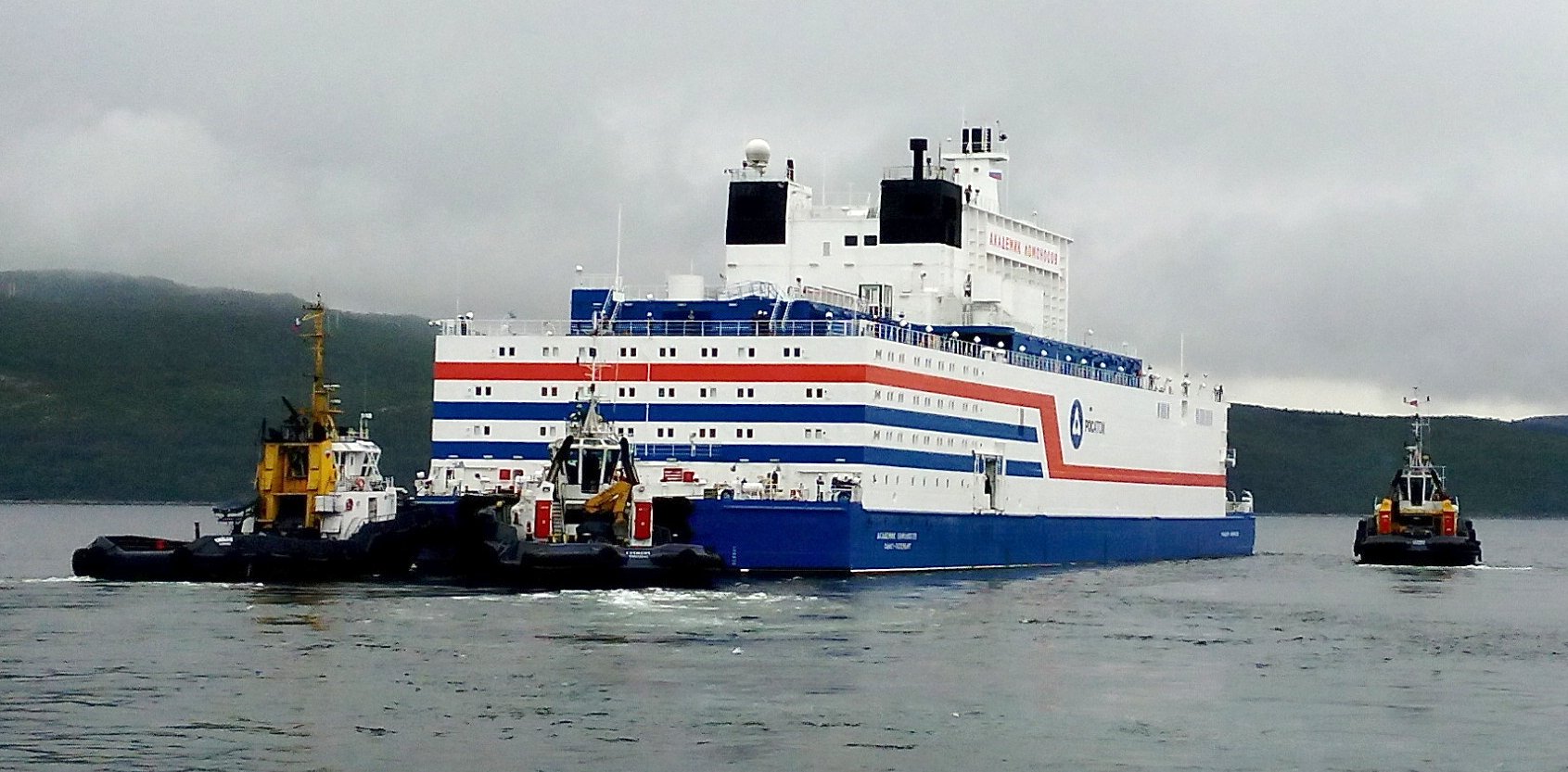How can humanity deal with the dual challenges of climate change and the soaring demand for energy in developing countries? Tom  Russia's first floating nuclear power plant, the Akademik Lomonosov, being moved to its shoreside berthBlees, president of the Science Council for Global Initiatives, a member of the Global Energy Prize International Award Committee, has answers to these questions. A very different energy transition is about to take place globally. Details are in his article.
Russia's first floating nuclear power plant, the Akademik Lomonosov, being moved to its shoreside berthBlees, president of the Science Council for Global Initiatives, a member of the Global Energy Prize International Award Committee, has answers to these questions. A very different energy transition is about to take place globally. Details are in his article.
The founders of a nuclear power startup company called ThorCon have abundant experience in designing and building some of the biggest ships in the world. They realized that molten salt nuclear reactor technology was compatible with the construction techniques used in state-of-the-art shipyards. So why not build complete floating power plants using the latest shipyard building methods and technologies? Such vessels could be self-contained and ready to connect to the power grid in any country. Quality control and cost control could be assured, as would the rapid construction time. The size of the ship necessary to house a fully functional 500MW or 1,000MW power plant would be considerably smaller than ships they've previously built.
Such power ships can realistically be expected to cost about one dollar per watt. That price has been the holy grail of solar panel designers for decades, but unlike solar panels, the power ships would be available 24/7 at full power. Since the cost of fuel for such reactors is trivial, they would be cheaper than any other source of commercial electrical power, with perfectly reliable on-demand clean power.
Click to watch Sergey Brilev's interview with Tom Blees
Click to read Tom's article with Tony Roulstone's critique
Click to read Tom's response to Tony
ThorCon requires no new technology. ThorCon is a straightforward scale-up of the successful Oak Ridge National Laboratory Molten Salt Reactor Experiment (MSRE). A full-scale 500 MW ThorCon floating power plant (with two 250MW modules) could be operating within four years. Discussions with national lab directors and nuclear industry leaders uniformly reveal their agreement that this timeline is certainly considered bold but is entirely feasible technically. The challenge is in the political will to expedite such a transformative technology so that we can quickly begin to effectively deal with both climate change and the burgeoning demand for power in developing countries. The advice of the late Hyman Rickover, the “father of the nuclear navy”, is especially apropos: “Good ideas are not adopted automatically. They must be driven into practice with courageous impatience."
